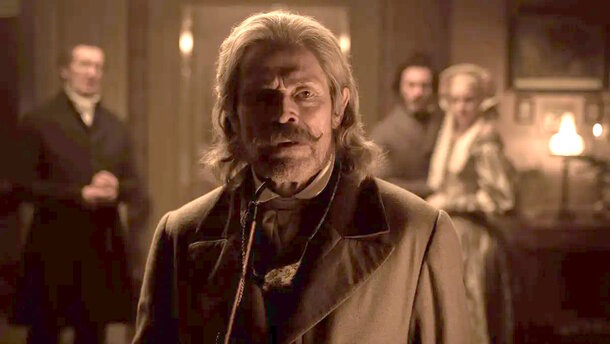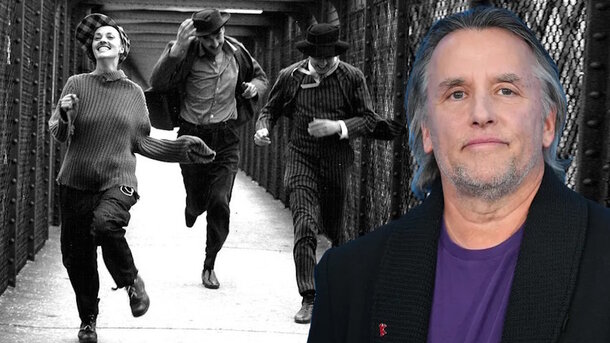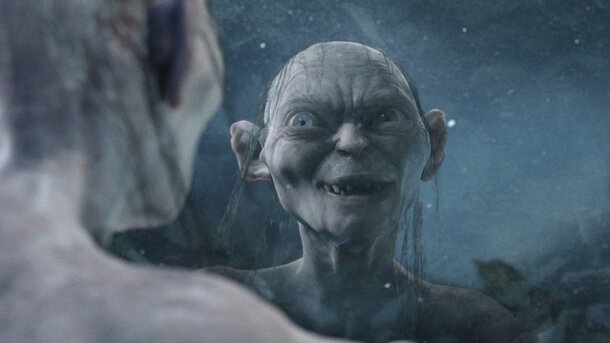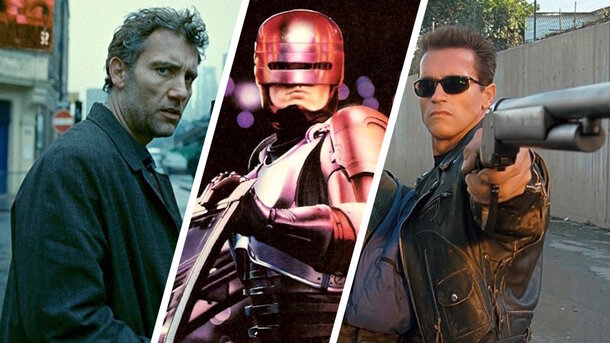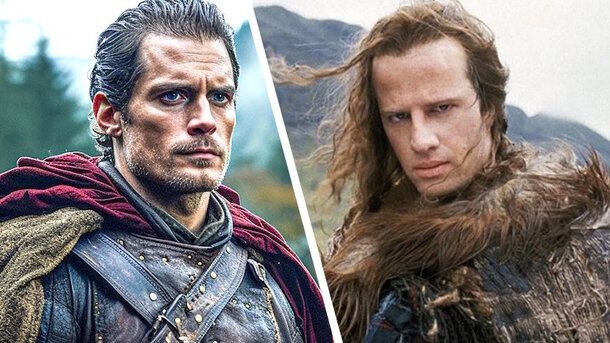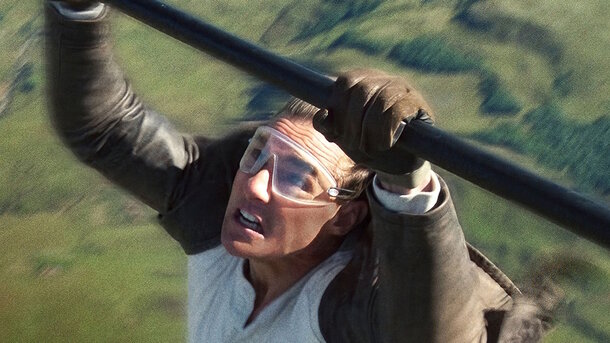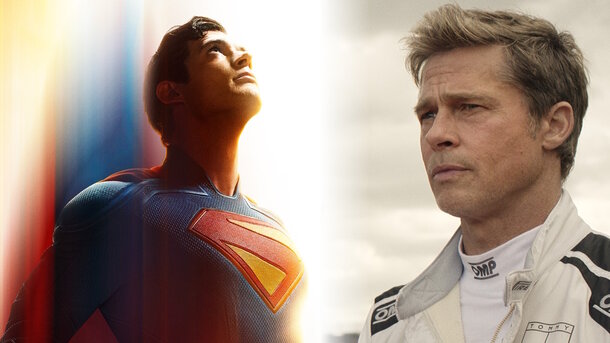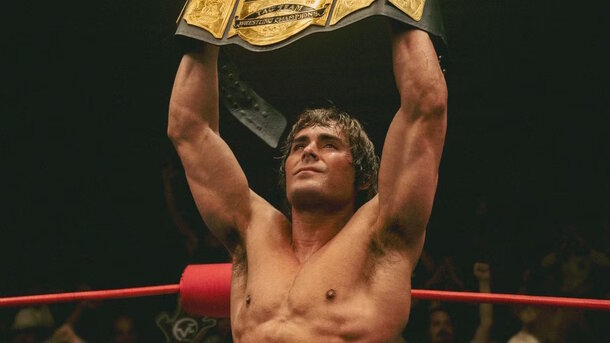Although Robert Eggers is a master of modern horror and visual storytelling, Werner Herzog's Nosferatu, made in 1979, remains unmatched, no matter how much contemporary critics praise the remake.
The superiority of the 1978 film lies in the scale, authenticity, and remarkable dedication that infused the movie with a unique energy.
1. Scale on set
While Eggers used over five thousand rodents, Herzog went even further, ordering more than ten thousand rats to be brought to the set. Working with such a large number of animals was not only challenging but also fraught with anxiety. The crew members were overwhelmed with fear, and the director and his assistants developed a complex system to prevent any rat from escaping into the city of Delft, where the film was shot.
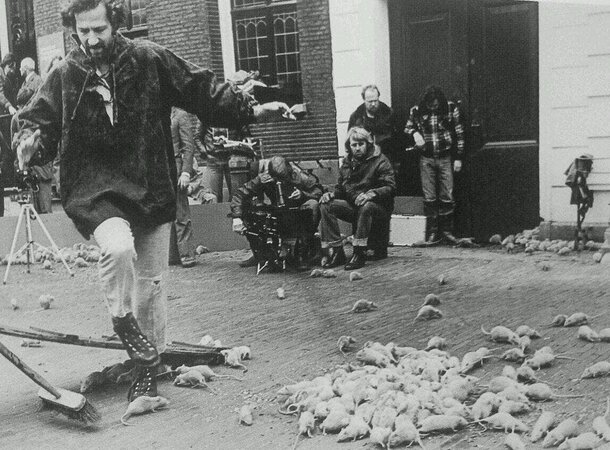
2. Historical authenticity of locations
The main scenes were filmed in Delft — a city that has preserved the spirit and architecture of past centuries. This immersed viewers in the atmosphere of medieval Europe without the need for excessive decorations or visual effects. In contrast, Eggers relies more on artificially created worlds, which deprives his film of a sense of authenticity.
3. Madness behind the scenes
Herzog's filming was pure madness. The director was willing to go to great lengths for the sake of making a horror film, and this is not just a figure of speech. The rats had been living on a farm before the shoot, and at the appointed time, the filmmaker arrived to collect them. However, the ranch owner refused to release the rodents until he received payment.
A scuffle ensued during which the man attempted to run over Herzog's car. In response, Herzog grabbed a crowbar and nearly struck the man in the head, so desperate was he to shoot the film right then and there.
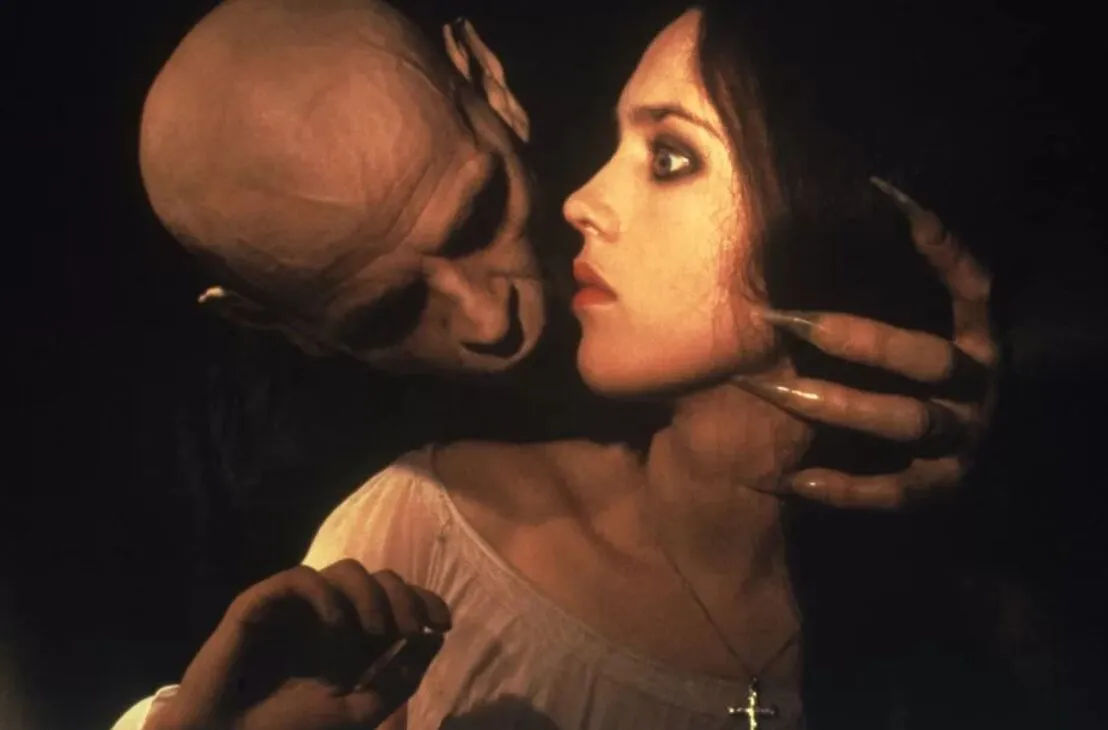
4. A True Horror
Herzog made his film in an era when visual effects were minimal, and tension was created through the actors' performances. Of course, no one would say that Willem Dafoe is a bad artist, but an abundance of computer graphics can spoil the effect of depth.
Herzog's Nosferatu is more than just a film. It is a living legend created at the intersection of cinematic mastery and the director's personal madness. Robert Eggers has created an impressive modern adaptation, but it lacks the wild energy that made Herzog's version iconic.
